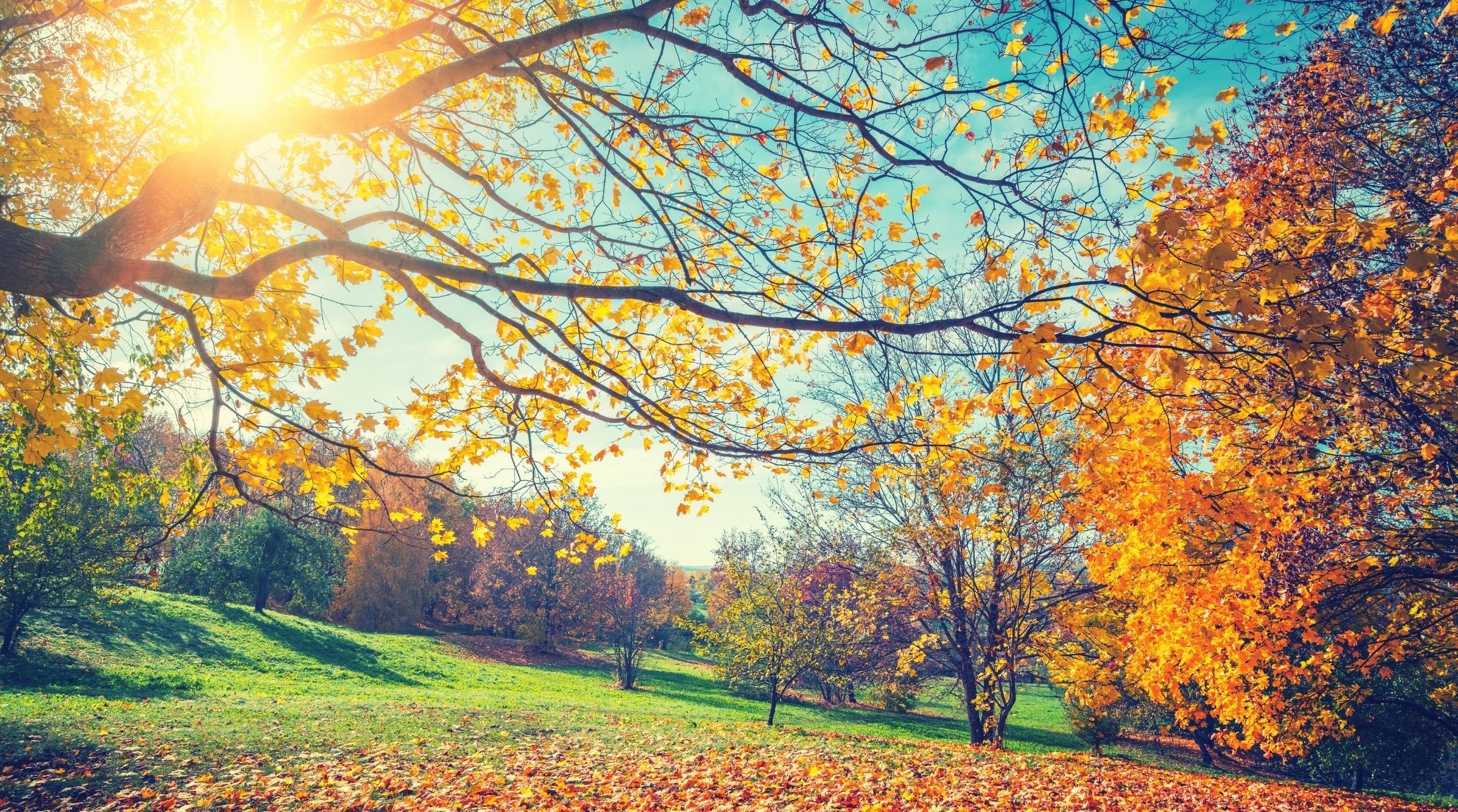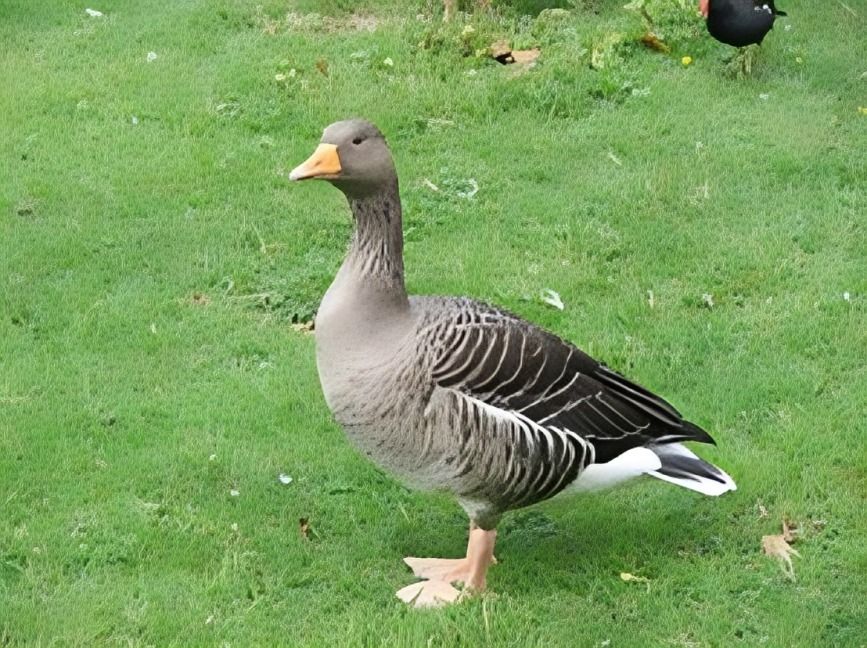
“
Autumn is a transformational season characterized by stunning foliage, bountiful harvests, and cooler weather. This blog delves into Amazing Facts About Autumn, showcasing how this enchanting time of year impacts nature, culture, and our daily lives. From the science behind changing leaf colors to seasonal festivals celebrated worldwide, these 20 fascinating facts will deepen your appreciation for Amazing Facts About Autumn. Let's explore the wonders of autumn together!1
1
”
Autumn, a term first used in the 14th century, ushers in a colorful spectacle as summer wanes and winter approaches. This vibrant season, known as fall, paints the world in hues of gold and crimson, cooling temperatures, and shortening days. 1
Leaves change color in autumn as chlorophyll breaks down with cooler temperatures, revealing yellow and orange pigments. Red and purple hues emerge when sugar gets trapped in the leaves.2
Autumn officially begins during the autumnal equinox, when day and night are nearly equal. This occurs around September 22 or 23 in the Northern Hemisphere and March 20 or 21 in the Southern Hemisphere, marking a significant seasonal shift. 3
In many cultures, autumn is linked to harvest festivals. Thanksgiving in the U.S. and Canada celebrates crop gathering, honoring traditions from agrarian societies that depended on seasonal harvests. 4
Pumpkin-spiced flavors are iconic in autumn, largely due to the popularity of seasonal products like Starbucks' Pumpkin Spice Latte, generating millions in sales annually during the fall season. 5
Autumn is known as "fall" in the United States and Canada because it refers to the falling of leaves from trees. The term "autumn" is more commonly used in British English and other parts of the world, tracing back to Latin origins. 6
A study in the Journal of Aging Research indicates that babies born in autumn are more likely to reach 100, with 30% of U.S. centenarians born between 1880 and 1895 being autumn-born. 7

Some bird species, such as geese, migrate south during autumn to escape the cold. This long journey, often covering thousands of miles, is triggered by the changing temperatures and dwindling food sources in their summer habitats.
During autumn, animals like squirrels begin gathering food and storing it to prepare for winter hibernation. This instinctual behavior helps ensure their survival during the colder months when food becomes scarce.8
The autumnal moon is often called the "Harvest Moon." This full moon, which occurs closest to the equinox, provides additional light during the early evening, allowing farmers to work longer hours to bring in the harvest. 9
The Northern and Southern Hemispheres experience opposite autumns. Countries in the Northern Hemisphere enjoy fall from September to November, while Australia and Argentina have it from March to May. 10
In Japan, autumn is celebrated with "Momijigari," which translates to "red leaf hunting." This tradition involves visiting scenic areas to admire the vibrant colors of the fall foliage, similar to the way people in the U.S. enjoy leaf-peeping. 11
Fall allergies are common due to ragweed pollen, which peaks during this season. Many people experience hay fever symptoms, such as sneezing and itchy eyes, as the pollen levels increase, particularly in late September and early October. 12
Daylight saving time ends in autumn in many countries, giving people an extra hour of sleep. This tradition, which aims to maximize daylight hours during the winter months, typically takes place in late October or early November. 13

Autumn marks the start of the "aurora season" in the Northern Hemisphere, as the longer nights make it easier to witness the Northern Lights. This natural light display is caused by solar winds interacting with Earth's magnetic field.
In the United States, the first day of autumn is often celebrated with apple picking. Apples are harvested during the fall months, and apple-picking outings have become a popular tradition for families and communities across the country. 14
Halloween celebrated on October 31, has its roots in the ancient Celtic festival of Samhain. It marked the end of the harvest season and the beginning of winter, a time when the boundary between the living and the dead was believed to be thinner. 15
Fall is a significant season for sports in the United States. The National Football League (NFL) season kicks off in early September, and Major League Baseball (MLB) enters its playoff season, culminating in the World Series. 16
Autumn foliage tourism, also known as "leaf peeping," is a major industry in regions like New England, where the vibrant fall colors attract millions of visitors each year, generating significant revenue for local economies. 17
In autumn, Earth's tilt causes sunlight to hit both hemispheres more evenly, resulting in cooler temperatures. This reduced sunlight triggers changes in plants, animals, and ecosystems as they prepare for winter. 18


